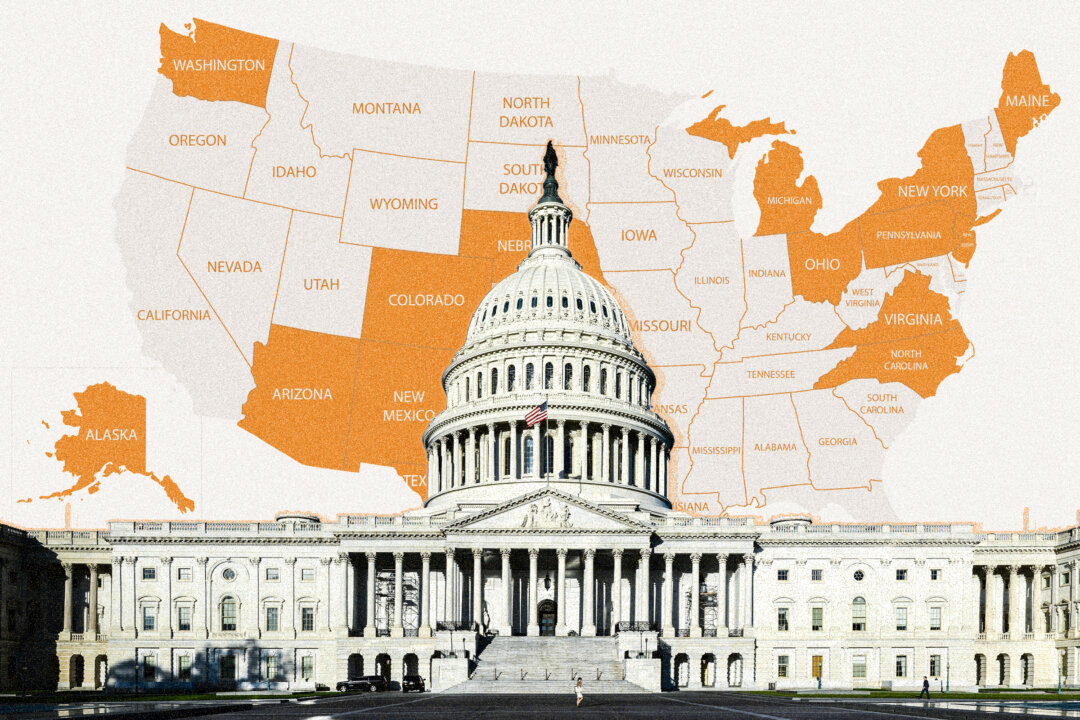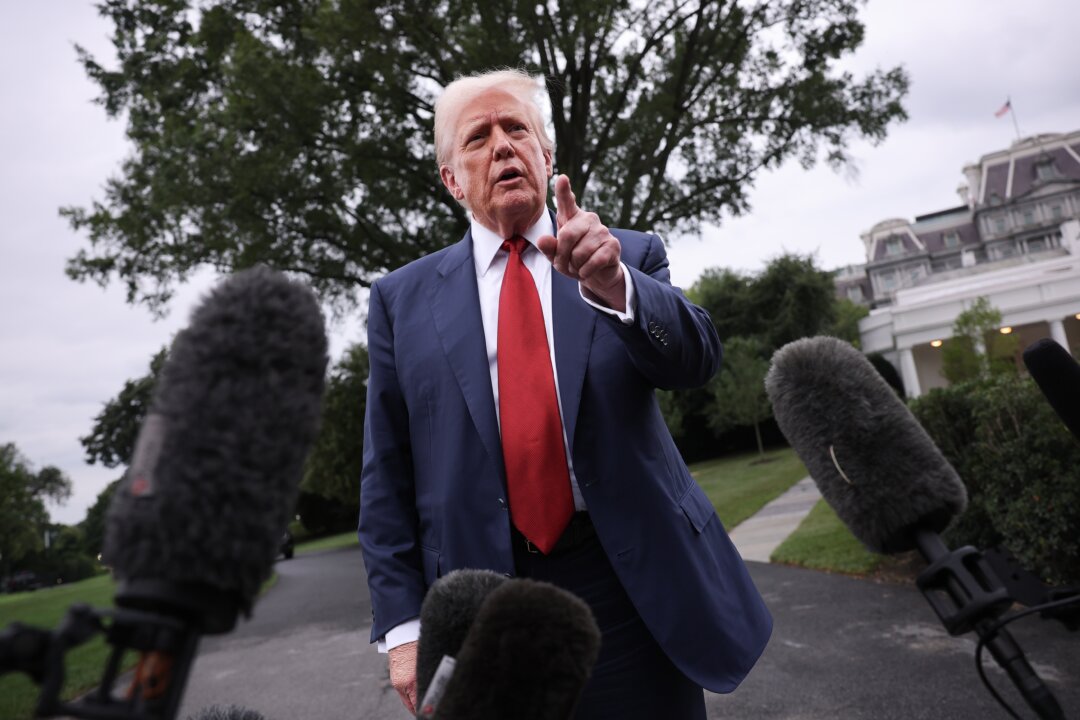

I notice to my profound disappointment that two of my major scholarly projects landed with a thud. Despite years of research and two books on fascism and antifascism, my findings have been ignored by both the left and the right — including the so-called conservative media establishment.
That’s a pity, especially with so much loose talk about “fascists” running around Washington these days.
Fascism, as it existed in the 20th century, is dead. Antifascism, as it is wielded today, is a political weapon that thrives by manufacturing enemies.
My argument is straightforward: Fascism was a popular European movement in the interwar period, shaped by several conditions unique to that era — returning soldiers who saw themselves as a “front generation” after World War I, economic turmoil in countries like Italy, France, Romania, and Spain, disillusionment with corrupt parliamentary systems, and a “cult of the leader.”
Fascist movements also fed on fears of the Soviet takeover of Russia. Unlike the communists, who worked to spark revolutions across Europe, fascist groups pushed a revolutionary nationalist ideology.
The most representative example was Benito Mussolini’s Italian movement, which came to power after his March on Rome in October 1922. Italy was the only country to establish a full-fledged fascist government, although fascist or fascist-like parties held influence in coalitions elsewhere. The Italian regime blended a cult of the leader with corporatist economics and nostalgia for imperial glory.
Contrary to the later alliance with Hitler, Mussolini’s government initially drew support from patriotic Italian Jews and between 1934 and 1936 led European opposition to Nazi Germany, denouncing its anti-Semitism as barbaric. The 1938 anti-Jewish laws came only under heavy German influence.
Nazism was not “generic” fascism. Hannah Arendt was right to classify it as totalitarian and genocidal. While Hitler borrowed certain trappings from Latin fascists, Nazi Germany drew far more from Stalin’s Soviet model — particularly in its use of terror, secret police, and propaganda to remake reality.
Equating Mussolini’s authoritarian nationalism with Hitler’s genocidal regime is intellectually lazy, even if Mussolini’s disastrous decision to ally with Nazi Germany at the 11th hour paved the way for the comparison.
My critic Jacob Siegel accuses me of drawing this distinction to “sanitize” fascism. Not so. I do not treat it as an archaic movement out of nostalgia but because it is irrelevant to the contemporary West, which is dominated instead by a woke, bureaucratic left.
Antifascism, however, is another matter. It began with Marxists — and later communist regimes — branding capitalist nations that resisted revolution as “fascist.” The Frankfurt School and its American heirs expanded the label to cover ideas and movements far removed from Mussolini or Hitler. By the 1950s, an “F-scale” was used to screen government employees and teachers for supposed fascist sympathies.
RELATED: The cold civil war is real — and only one side is fighting to win
 Photo by JOAQUIN SARMIENTO/AFP via Getty Images
Photo by JOAQUIN SARMIENTO/AFP via Getty Images
Today, “antifascists” slap the term on anything that conflicts with their politics or lifestyle. Esteemed Yale professors Timothy Snyder and Jason Stanley insist our current president is not only a fascist but possibly a Nazi. In their view, opposing any part of the feminist or LGBTQ agenda puts one on the road to Hitlerian tyranny.
This rhetorical game serves a purpose: It shields the accusers from the obvious countercharge that they are the true totalitarians. In my book on antifascism, written as Antifa and Black Lives Matter riots engulfed American cities in 2020, I documented how the American left and its European counterparts mobilize with the same discipline and ruthlessness as the Nazis before they took power.
The difference is that today’s left faces no organized counterforce comparable to the German communists — and enjoys the support of a compliant media. That media not only excuses leftist violence but portrays it as justified. This mirrors the Nazi and communist tactic of claiming to be under siege even while holding power, using the manufactured threat as a pretext to crush dissent.
Fascism, as it existed in the 20th century, is dead. Antifascism, as it is wielded today, is a political weapon that thrives by manufacturing enemies. And the left is using it with remarkable success.
.png)
 2 hours ago
4
2 hours ago
4













 English (US)
English (US)